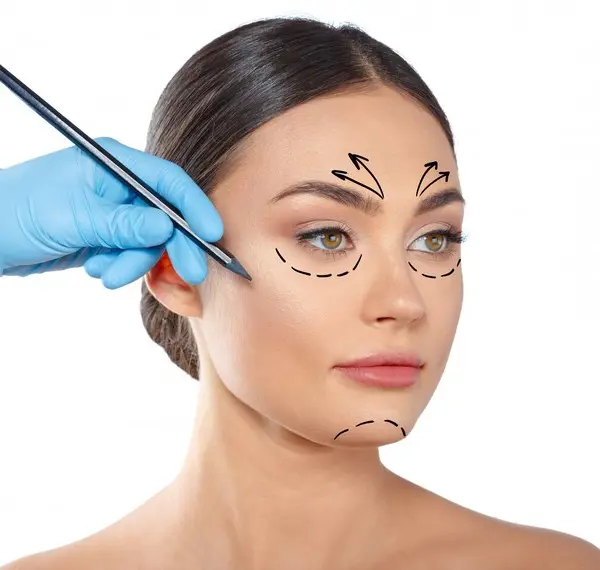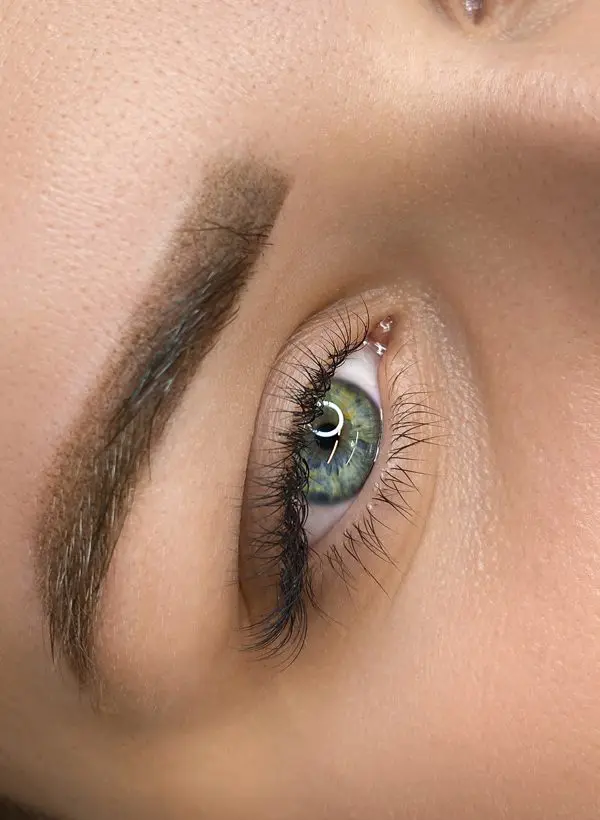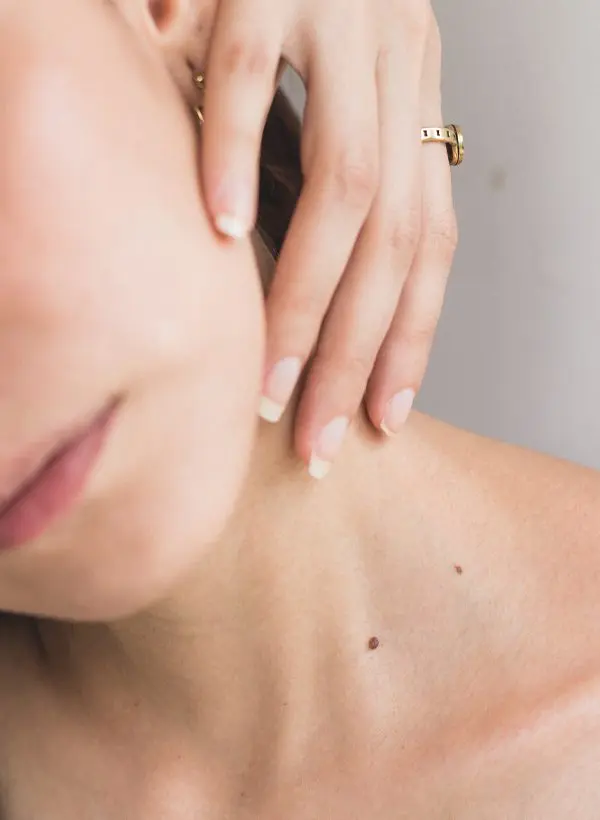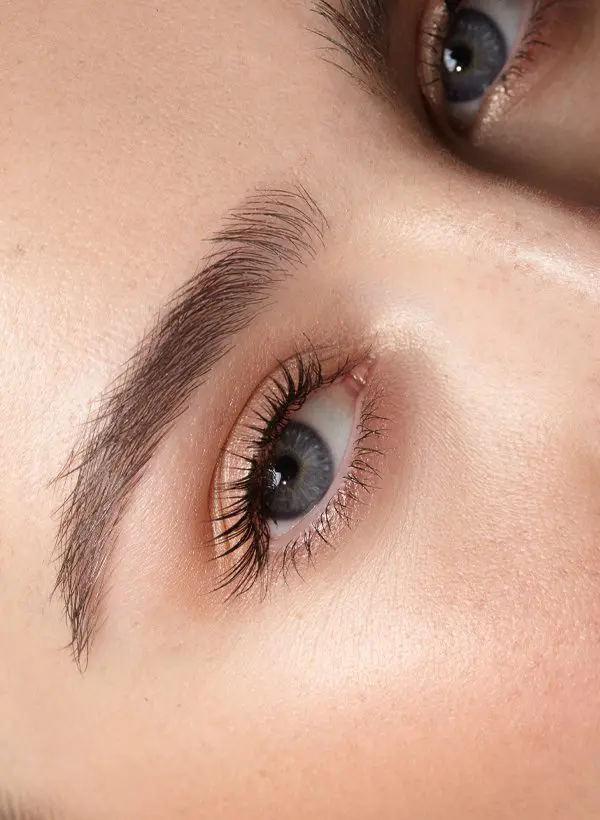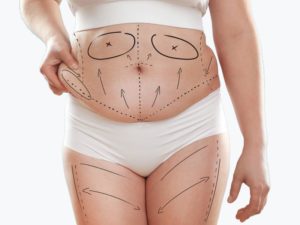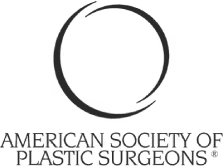Treatments — Face
Facelift in Dubai
Overview
Achieving a well-refreshed face is a common aesthetic goal for the majority of individuals seeking to enhance their overall appearance and boost self-confidence. A harmoniously sculpted facial contour not only contributes to a youthful and vibrant look but also reflects one’s inner vitality and health. Consider a facelift in Dubai for a transformative approach to rejuvenating your facial features and enhancing your natural beauty.

Overview
Achieving a well-refreshed face is a common aesthetic goal for the majority of individuals seeking to enhance their overall appearance and boost self-confidence. A harmoniously sculpted facial contour not only contributes to a youthful and vibrant look but also reflects one’s inner vitality and health.
Transform Your Look with Facelift in Dubai
When it comes to rejuvenating your appearance, Facelift Surgery stands out as a comprehensive and long-lasting solution. While non-surgical treatments can address some facial concerns, a facelift offers a more profound transformation, effectively reversing signs of aging. This procedure plays a pivotal role in restoring a refreshed and youthful look, making it a preferred choice for those seeking significant aesthetic improvement.
What is a Facelift? Understanding the Procedure
A facelift surgery, medically known as Meloplasty or Rhytidectomy, is a cosmetic surgery that tightens and removes loose, sagging skin on the face and neck. This procedure can also involve tightening the underlying facial muscles and repositioning or removing excess fat to enhance facial contours. The primary goal of a Facelift in Dubai is to reduce jowls, refine the jawline, and create a more youthful appearance. Although scars after a facelift are permanent, they are usually subtle and strategically concealed within the hairline.
For those looking for a less invasive option, a suture facelift, or thread lift, may be considered. This procedure tightens and smooths specific areas such as the eyes, cheeks, or chin, without leaving visible scars or altering facial structure dramatically.
Before undergoing a facelift, a skilled surgeon will thoroughly assess your unique facial structure, discuss the potential risks and benefits, and develop a customized treatment plan tailored to your goals.
Ideal Candidates for Facelift in Dubai
Facelift in Dubai is ideal for individuals who have noticeable sagging in the face or neck but still retain some skin elasticity. The best results are often seen in those with well-defined bone structures that provide a good foundation for the procedure.
Types of Facelift Surgery
Dubai offers various facelift procedures, each designed to address different areas of concern and levels of aging:
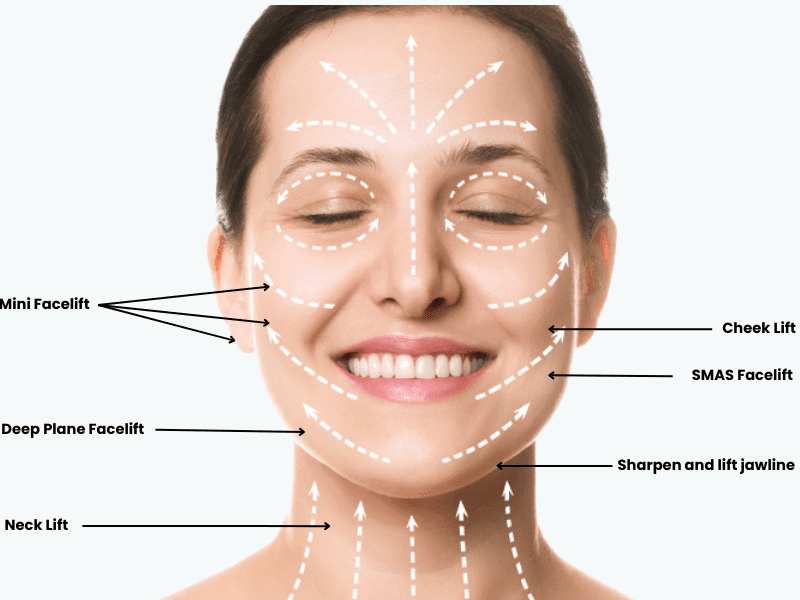
- Traditional Facelift: This procedure involves making an incision along the hairline, starting from the temple, extending around the ear, and back into the hairline. The skin is lifted, muscles are tightened, and excess fat is removed. The skin is then repositioned and any excess is trimmed away before being sutured in place.
- Limited Incision Facelift: This technique involves smaller incisions made at the temples and around the ears, resulting in a more subtle lift compared to the traditional method.
- Neck Lift: Often performed in conjunction with a facelift, a neck lift focuses on tightening and elevating the skin of the jaw and neck. The incision typically runs from in front of the ear into the hairline.
- Deep Plane Facelift: This advanced technique goes beyond the traditional facelift by addressing the deeper layers of muscle and tissue. The deep plane facelift is ideal for individuals with significant facial aging who desire more dramatic and longer-lasting results. This procedure is usually performed under general anesthesia and involves repositioning the muscle to achieve a youthful appearance.
- Mini Facelift: A Mini Facelift surgery in Dubai is a less invasive version of the traditional facelift, focusing on the lower part of the face and neck. It involves shorter incisions and a quicker recovery time, making it a popular choice for individuals with early signs of aging. The mini facelift is perfect for those looking for subtle improvements without undergoing a full facelift procedure.
What is a mini facelift surgery?
A mini facelift is a minimally invasive alternative to traditional facelifts, designed to address sagging skin and wrinkles, primarily in the lower face and neck area. This procedure is best suited for younger individuals, typically those in their 30s, who start noticing signs of aging but do not require a full facelift. For those considering a mini facelift in Dubai, this procedure offers an effective solution to early signs of aging.
A mini facelift is often performed on the lower half of the face, including the jaw, neck, and chin. Its major goal is to tackle sagging skin and assist people in achieving a youthful appearance. Corrective cosmetic surgery is less intrusive than a typical facelift, which focuses on the entire face. Mini facelift surgery in Dubai can help you regain a refreshed and youthful look without the need for extensive surgery.
The Facelift Procedure
Facelift surgery typically requires general anesthesia and lasts between two to four hours, depending on the complexity of the procedure. The choice of technique—be it a traditional facelift, limited incision facelift, or neck lift—will depend on the desired outcome and the extent of aging.
During a traditional facelift, the surgeon will make incisions within the hairline, around the ears, and possibly under the chin. Fat is sculpted or redistributed, and underlying tissues and muscles are repositioned to create a firmer, smoother appearance. The skin is then draped over the new contours, with any excess being removed.
The incisions are closed with dissolvable sutures or skin adhesives, and once healing is complete, they are typically well-concealed within the natural contours of the face, ear, and hairline.
Recovery After Facelift Surgery
Recovery after facelift surgery varies from person to person, with most patients requiring several days of rest and monitoring in a hospital setting. The surgeon may place drains to help remove excess fluids, and patients should adhere strictly to post-operative care instructions to ensure a smooth recovery.
Common post-surgery symptoms include swelling, bruising, and numbness around the incision sites, which typically subside within a few weeks. Patients are advised to avoid strenuous activities and keep their head elevated during sleep. It’s also crucial to keep the incision sites clean and follow all additional care instructions provided by the surgeon.
Results and Benefits of Facelift Surgery
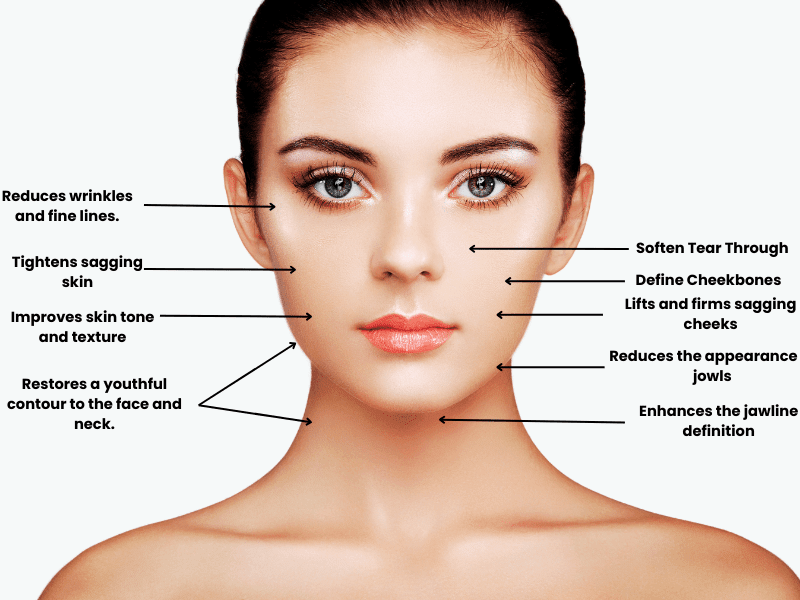
It’s important to note that the full results of your facelift surgery in Dubai may take several months to become fully apparent. While initial swelling and bruising subside within a few weeks, the final results will gradually reveal themselves over time. Typically, the effects of a facelift can last several years, though some patients may require additional treatments to maintain their youthful appearance.
Why Choose Dr. Faisal Salim for Your Facelift Surgery in Dubai?
If you’re considering a facelift in Dubai, choosing a highly skilled surgeon is crucial. Dr. Faisal Salim brings extensive experience and expertise to every procedure, offering personalized care that meets each patient’s unique needs and aesthetic goals. With a commitment to excellence, Dr. Salim ensures that every patient receives the highest standard of care throughout their surgical journey.
Take the first step towards a rejuvenated appearance by scheduling a consultation with Dr. Faisal Salim, a leading expert in facelift surgery in Dubai.
Facelift Condition
- Tired Eyes
- Facial Ageing
- Facial Volume Loss
- Wide / Square Jaw
- Gummy Smile
- Chin Augmentation
- Jawline Rejuvenation
- Jowls
- Teeth Grinding
- Eye Bags
- Drooping Brow
- Drooping Eyelids
- Double Chin
- Nasolabial Folds
- Premature Ageing
- Wrinkles
- Crows Feet
- Frown Lines
- Forehead Lines
- Drooping Mouth / Marionette Lines
- Thin Lips
- Gaunt Cheeks
- Prominent Ears
- Sagging Neck
- Turkey Neck
FAQ's
Facelift surgery, also known as rhytidectomy, is a cosmetic procedure designed to tighten and lift sagging skin on the face and neck, resulting in a more youthful appearance.
There are several types of facelift procedures, including traditional facelift, limited incision facelift, neck lift, deep plane facelift, and mini facelift.
While scarring is inevitable after facelift surgery, the scars are usually subtle and often concealed within the hairline or natural contours of the face.
Recovery after a facelift typically involves several days of rest, with most patients returning to normal activities within a few weeks. Full results are usually visible after swelling subsides.
A mini facelift is a less invasive procedure focusing on the lower face and neck, offering subtle improvements with shorter recovery time.
The level of discomfort faced during a facelift surgery varies among individuals. Typically, the procedure is not painful, and most patients can tolerate it without significant issues. Local anesthesia is commonly used by surgeons to numb the area, and pain medications are available as needed.
The expense of facelift surgery in Dubai hinges on factors such as the type of procedure and the surgeon’s fees. It’s essential to have a discussion with your doctor regarding the costs beforehand, allowing you to plan financially for the procedure.
Like any surgical intervention, facelift surgery carries certain risks, including infection, bleeding, scarring, and nerve damage. Thus, you must have an end-to-end conversation with your doctor regarding these risks before undergoing the procedure.
In general, facelift surgery is considered safe when performed by a skilled and qualified surgeon. However, it’s imperative to have a detailed discussion about the procedure’s risks and benefits with your doctor before making any decisions.
At a Glance
At a Glance
Duration
3-4 Hours
Anaesthetic
General
Overnight Stay
1-2 Days
Return to work
14 Days
Return to exercise
6 Weeks
Final result
4-6 Months

Related Treatments
Videos
Before & Afters
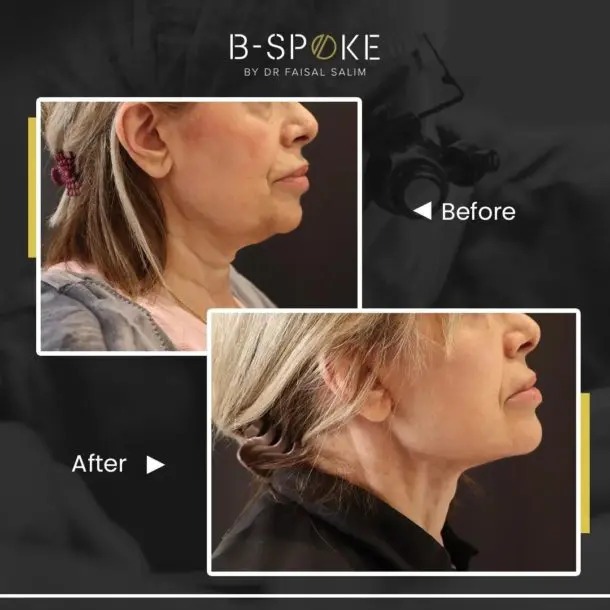
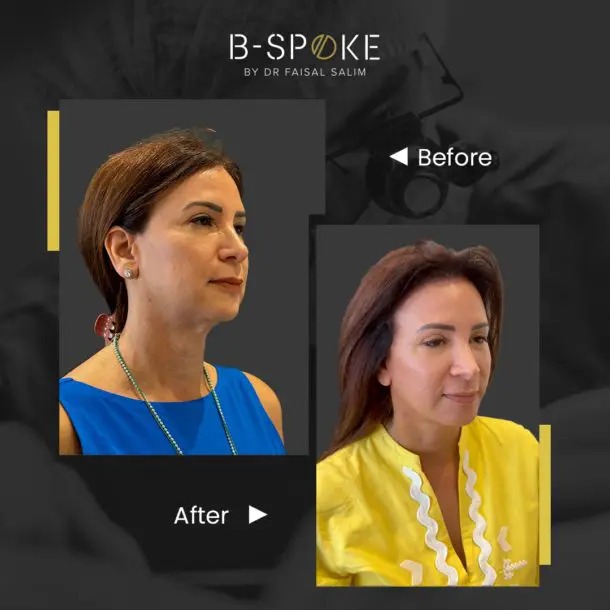
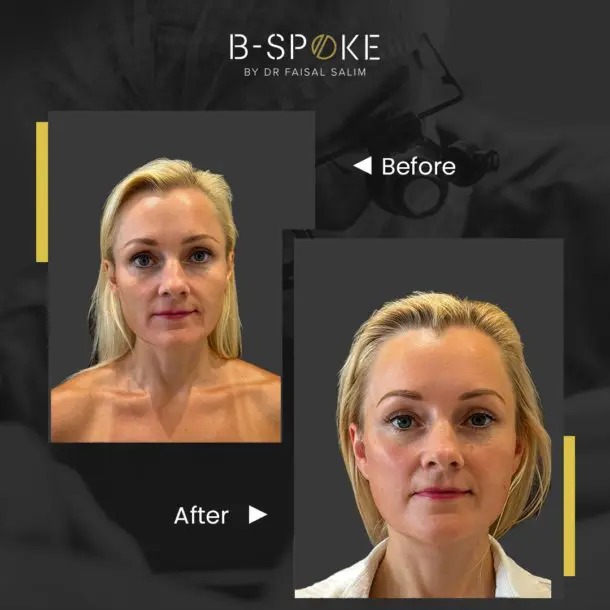
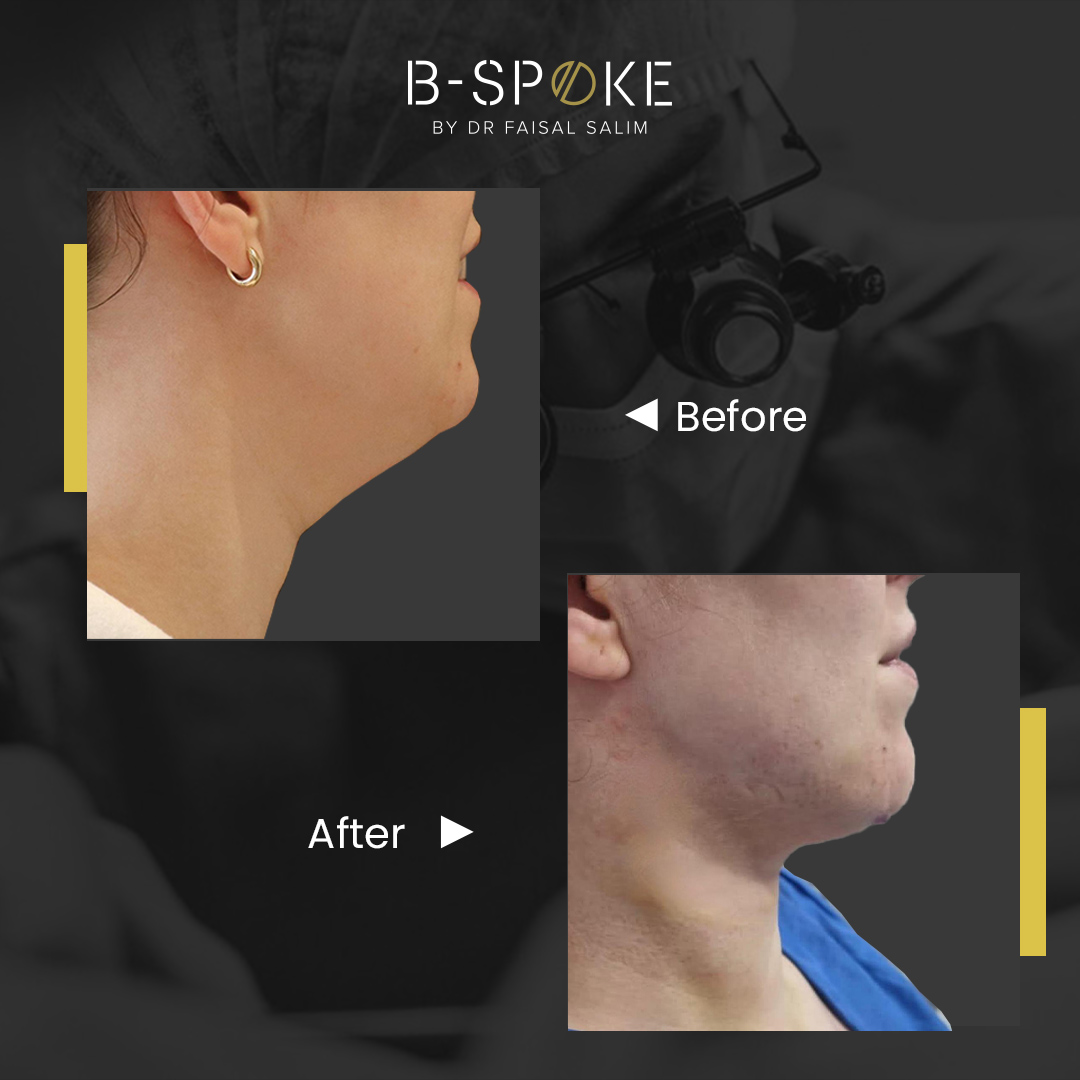
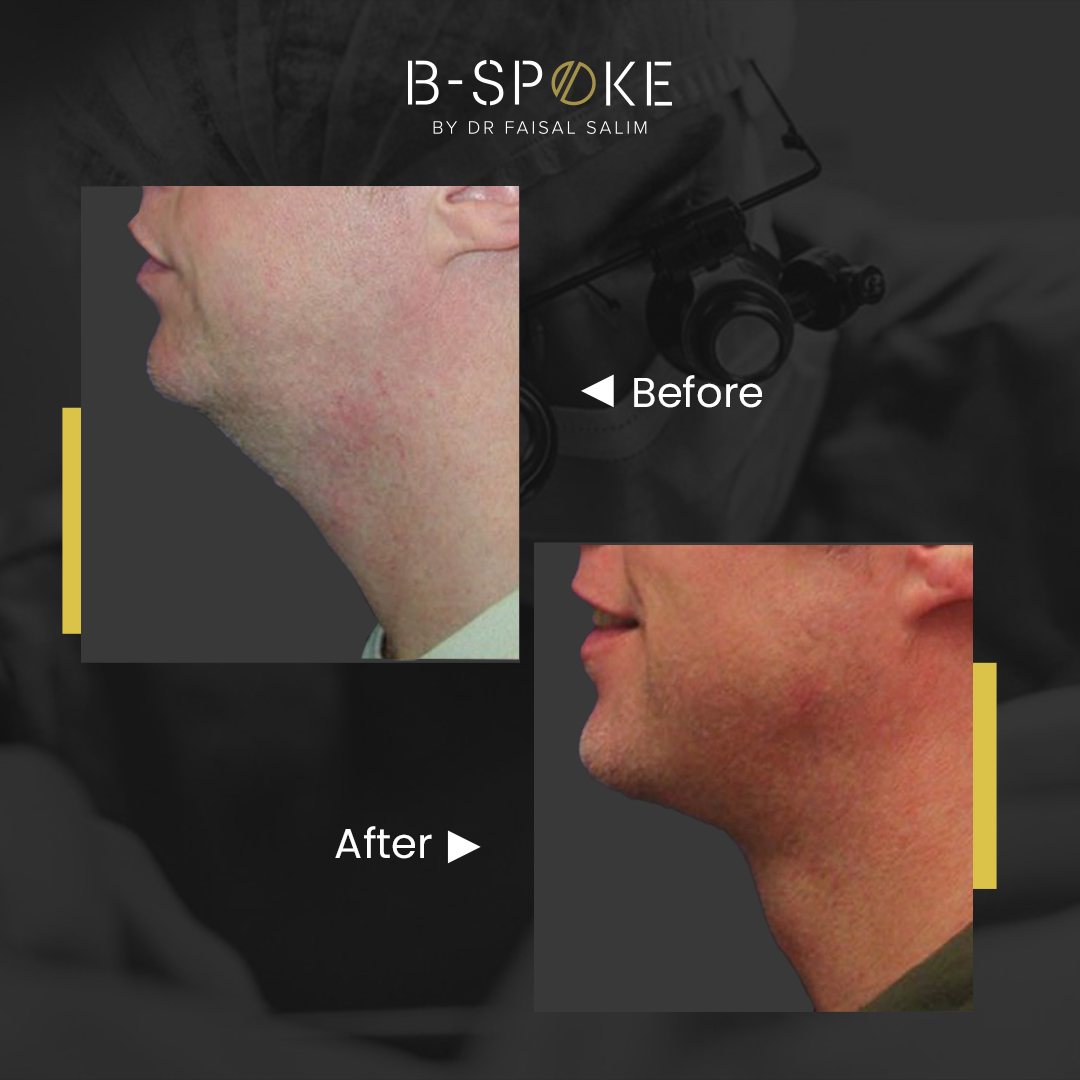
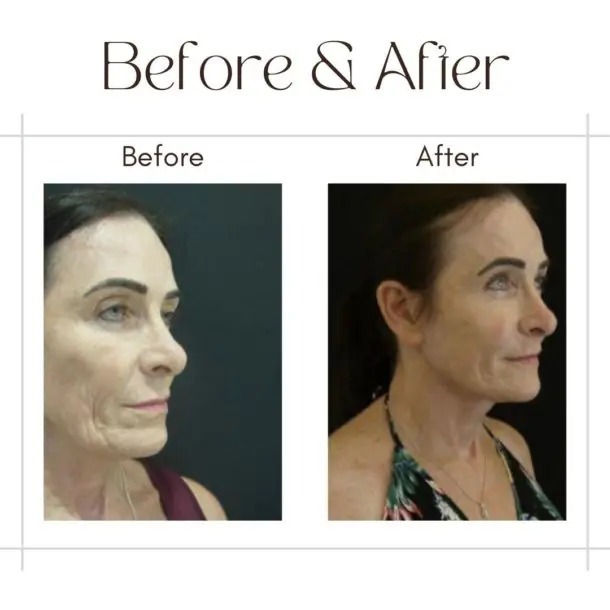
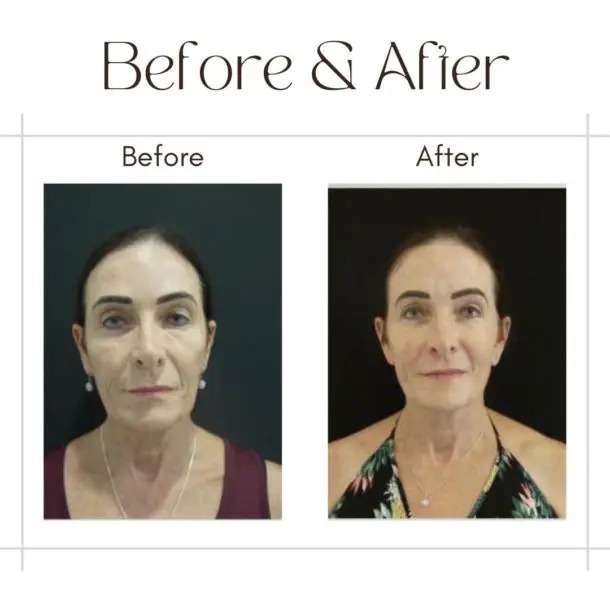
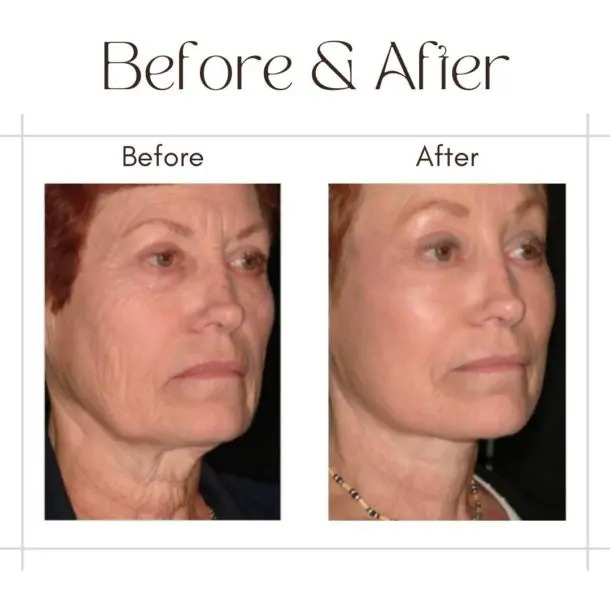
Patient Testimonials
News & Resources

How to Get a Flat Stomach with Abdominoplasty Surgery?
Abdominoplasty How to Get a Flat Stomach with Abdominoplasty Surgery? Wondering how to get a flat stomach when diet and exercise aren’t enough? A flat, toned stomach is a common aesthetic goal, yet it is often challenging to achieve. Well, abdominoplasty might be the solution! Even with consistent exercise and
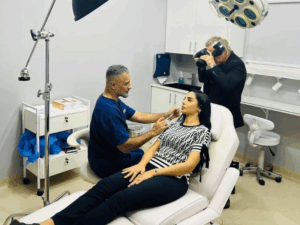
Top treatments at Dr Faisal Salim’s anti aging skin clinic
Anti Aging skin clinic Top Treatments at Dr Faisal Salim’s Anti Aging Skin Clinic As we journey through life, our skin, the body’s largest organ, gracefully (or sometimes not so gracefully) reflects the passage of time. Skin aging is often marked by the appearance of fine lines, wrinkles, volume loss,

Wrinkles on face? Signs you may need a facelift
Facelift Wrinkles on face? Signs you may need a facelift Wrinkles on Face? Signs You May Need a Facelift Wrinkles on the face are one of the earliest and most visible signs of aging. Whether they appear as fine lines, deep creases, or folds, they often lead individuals to explore
